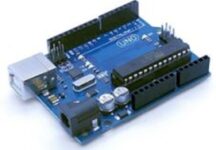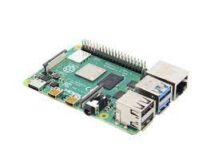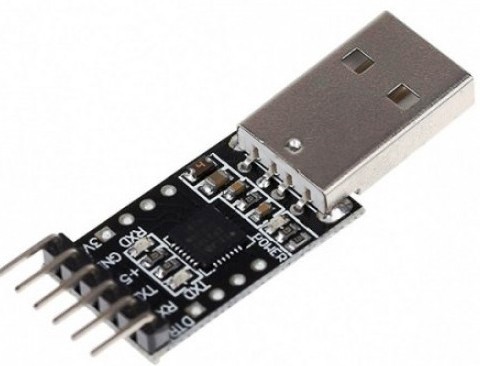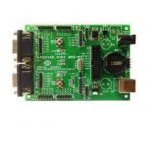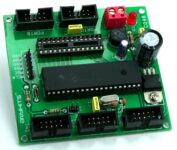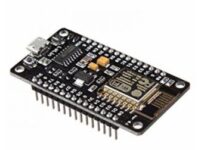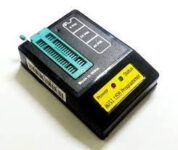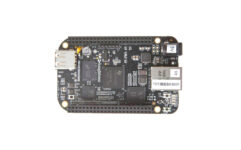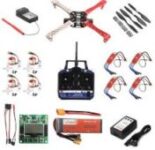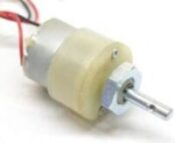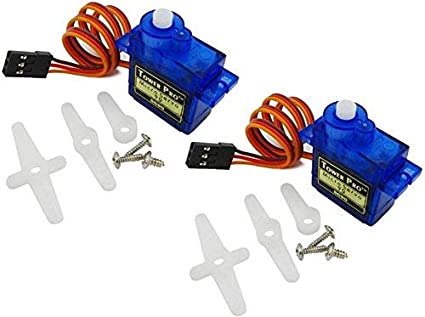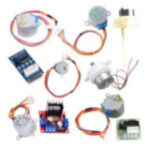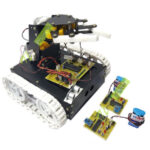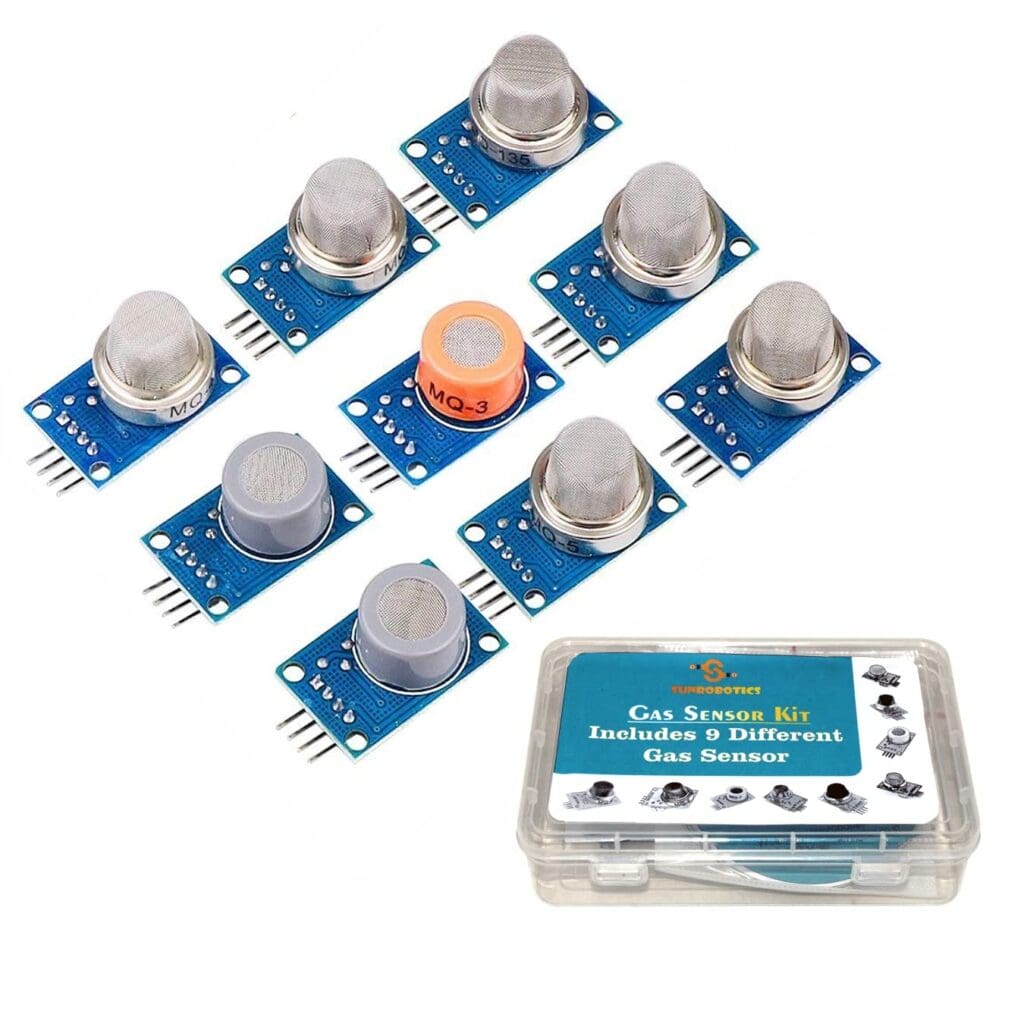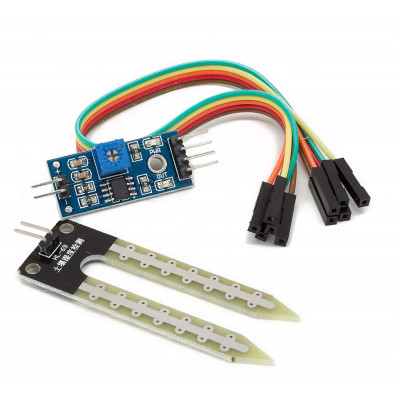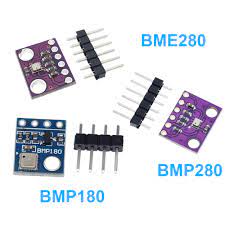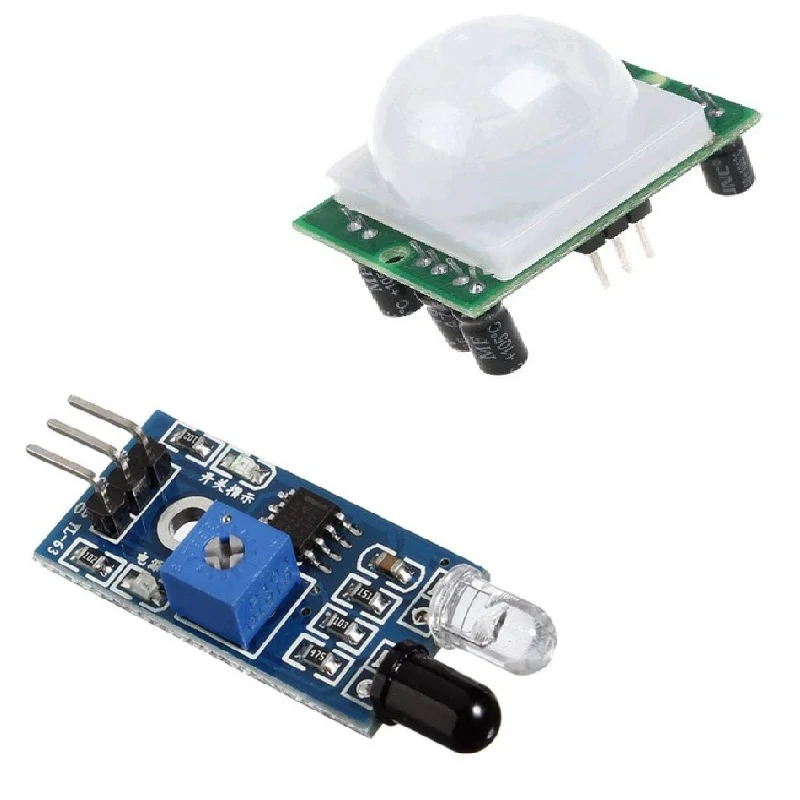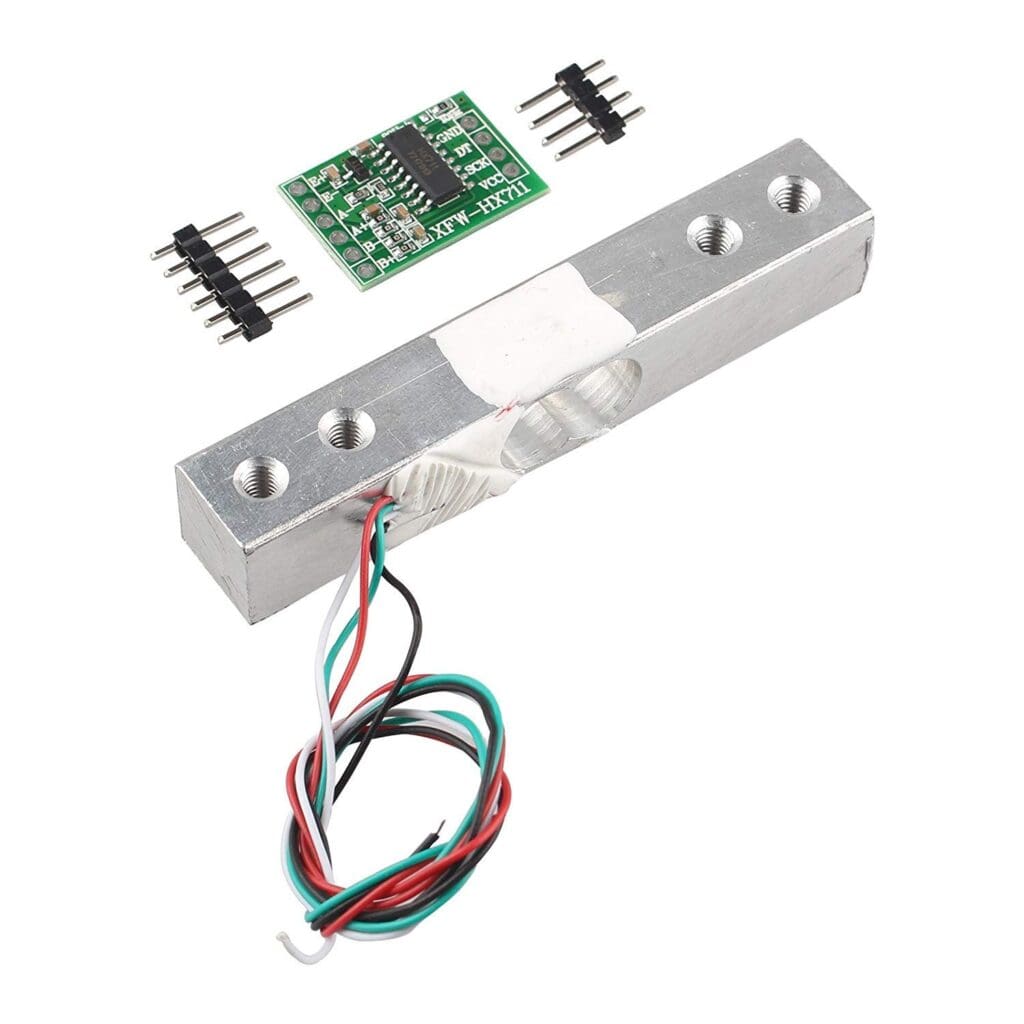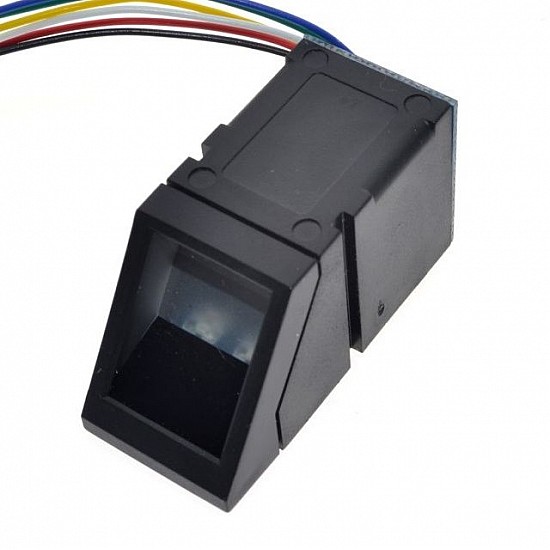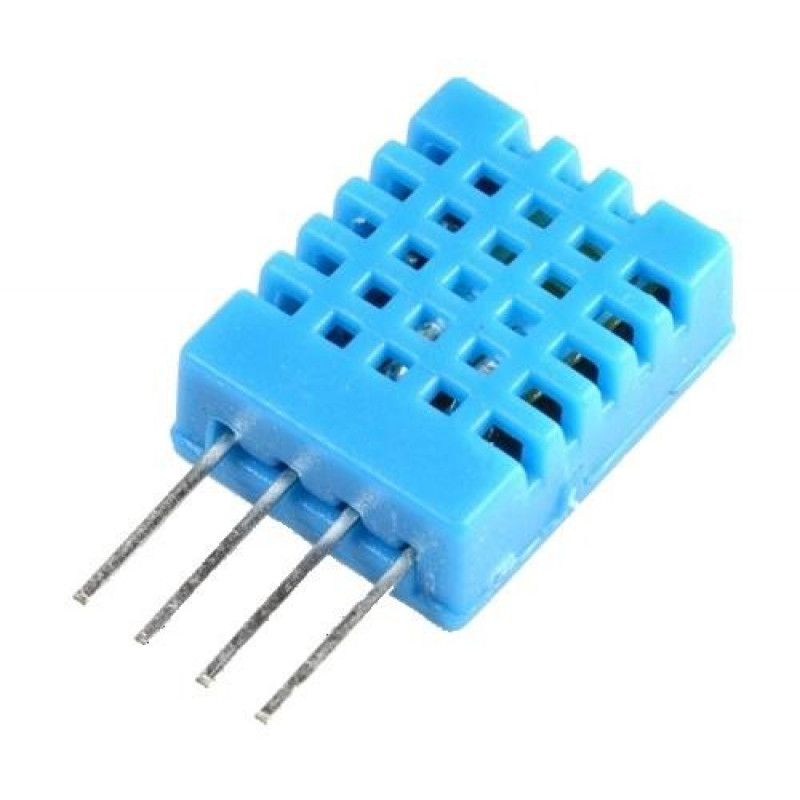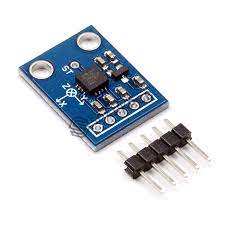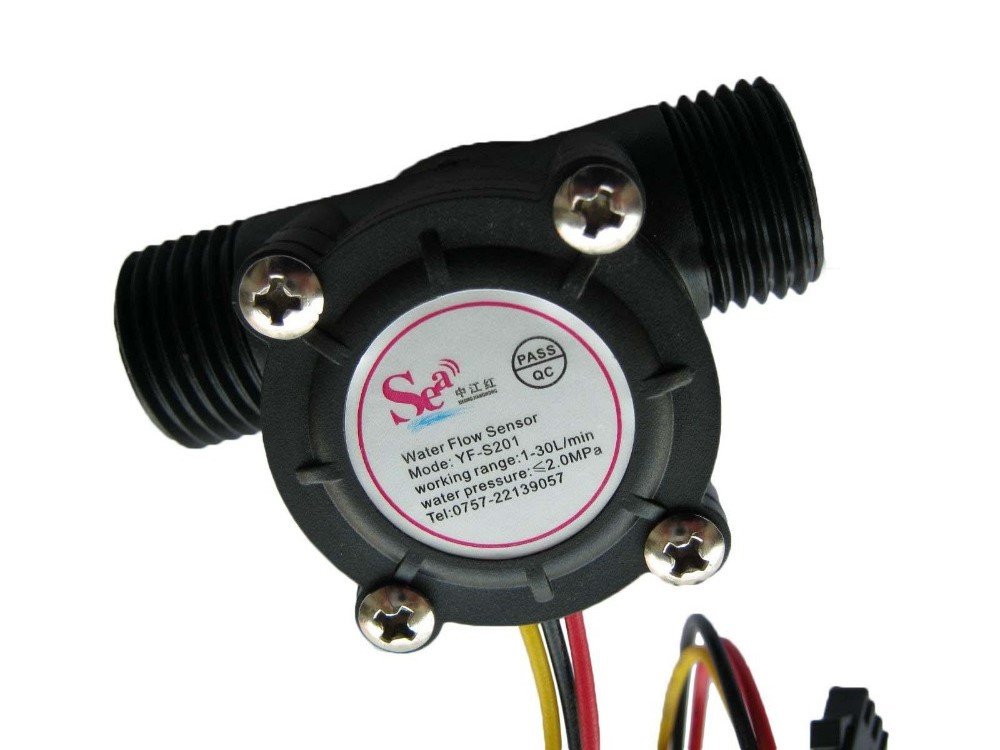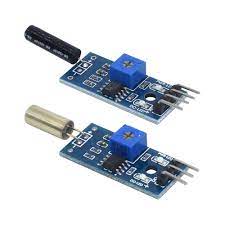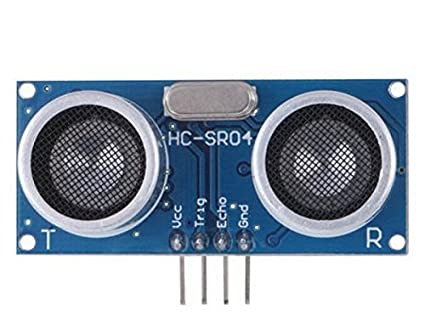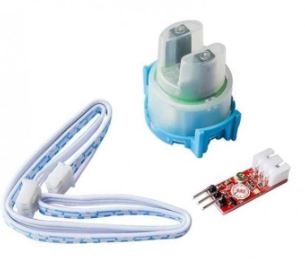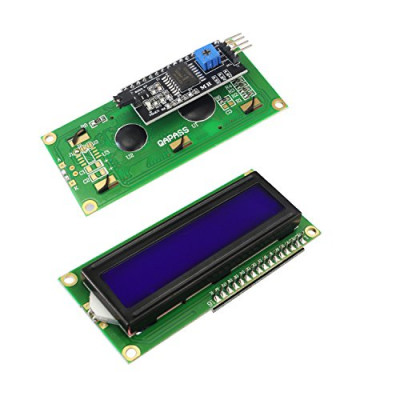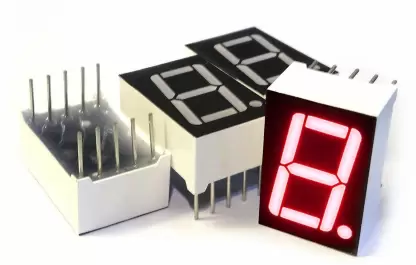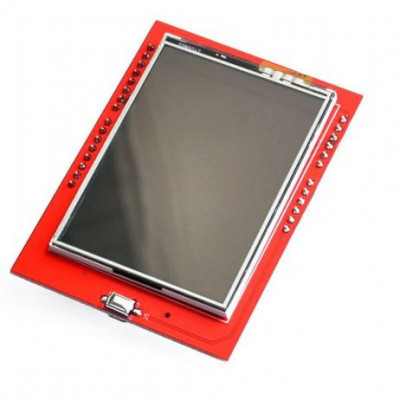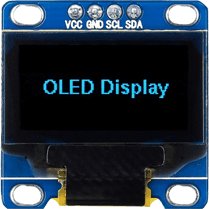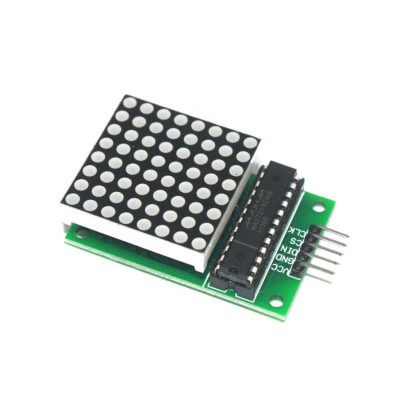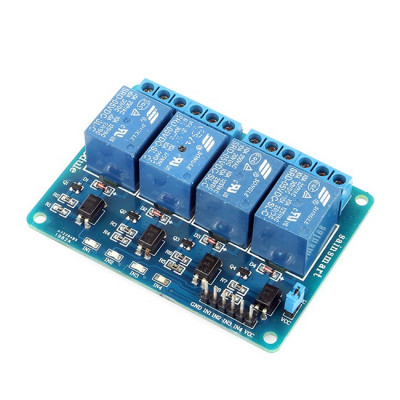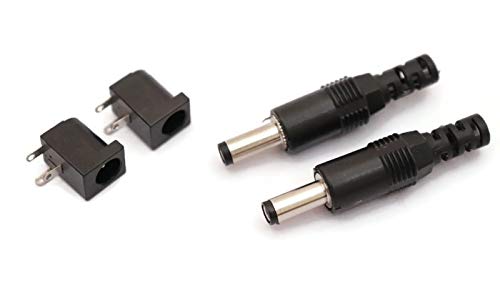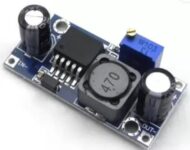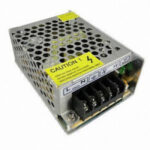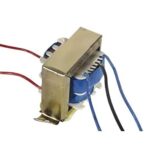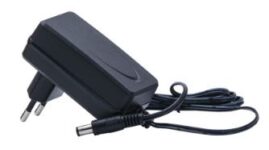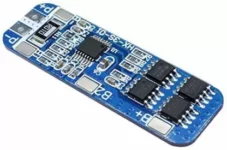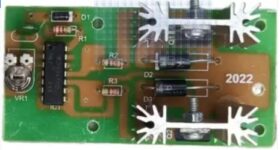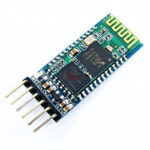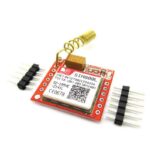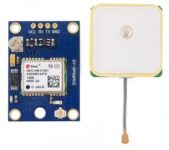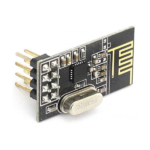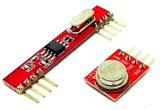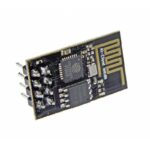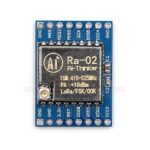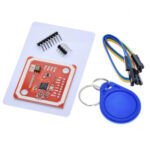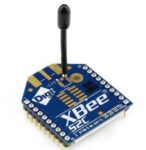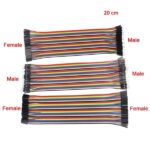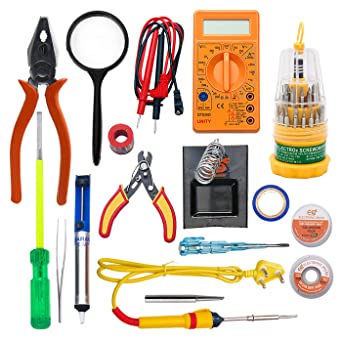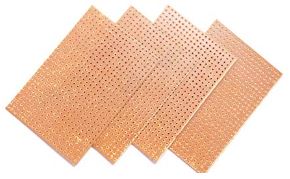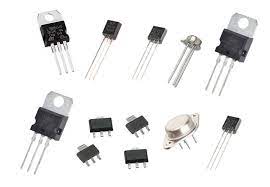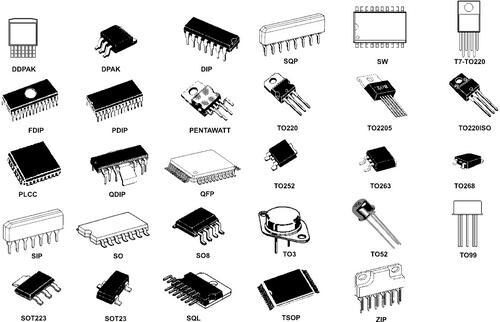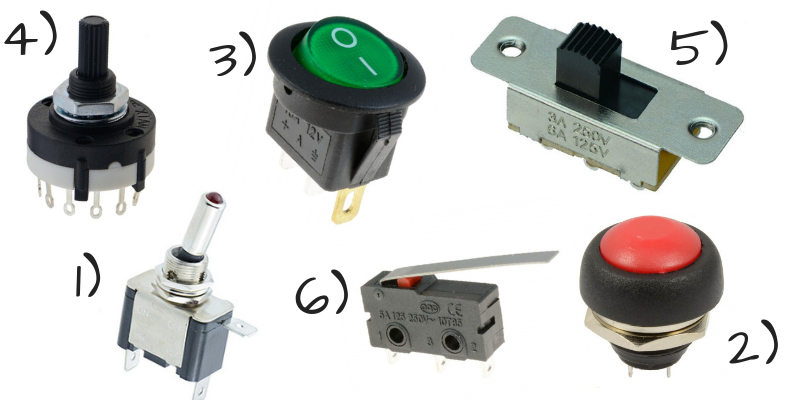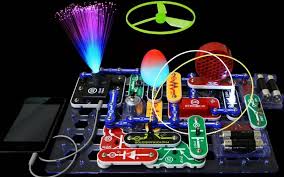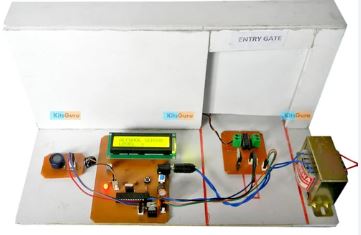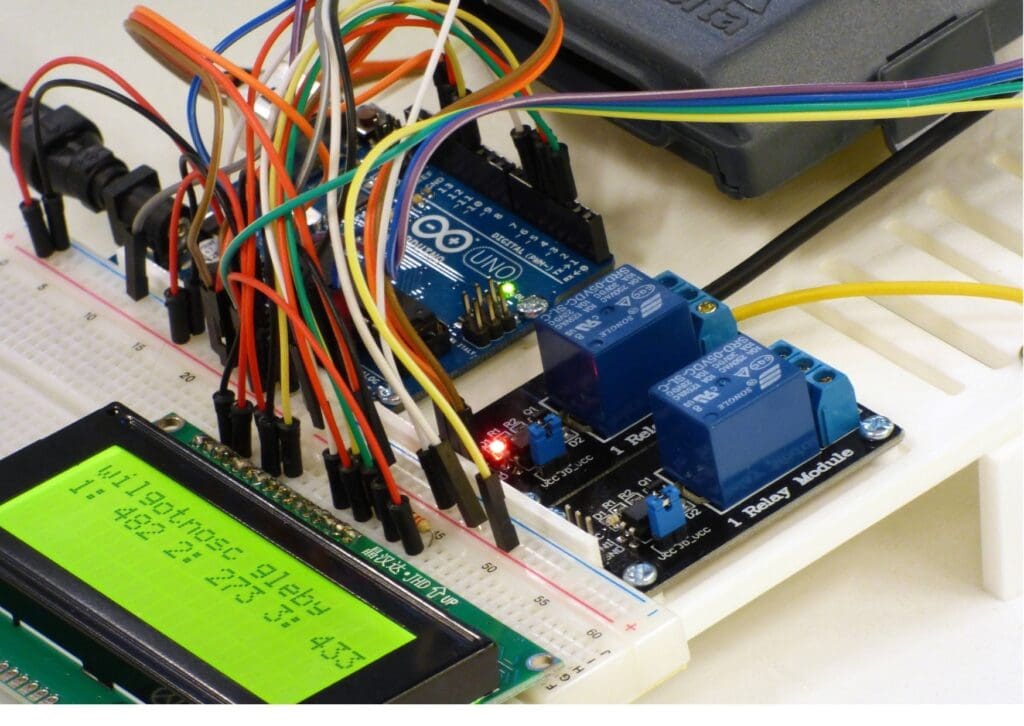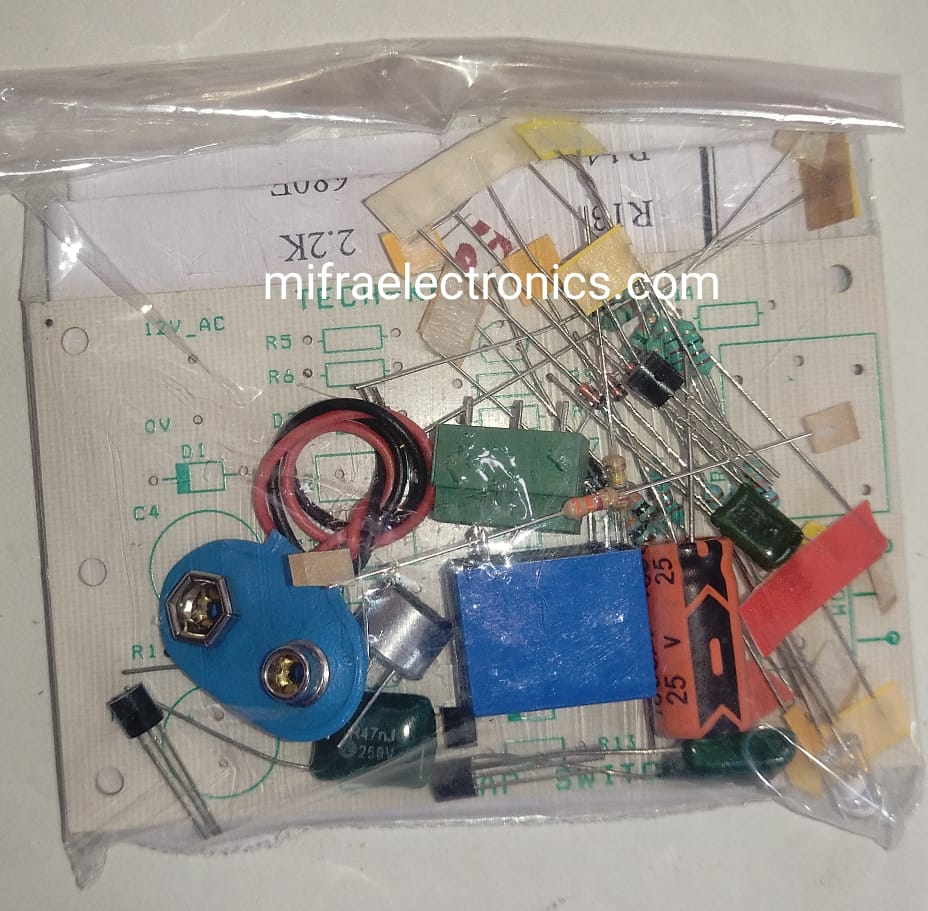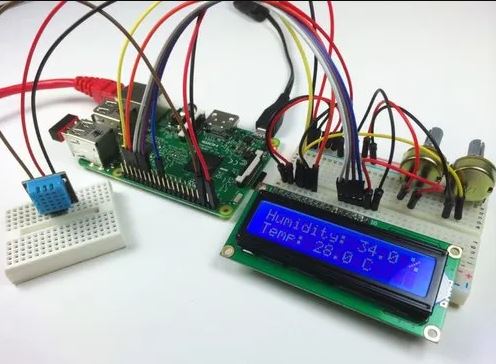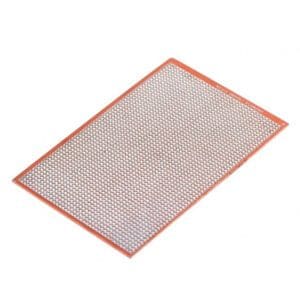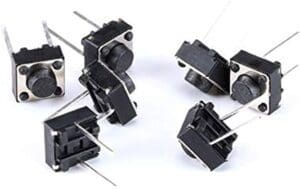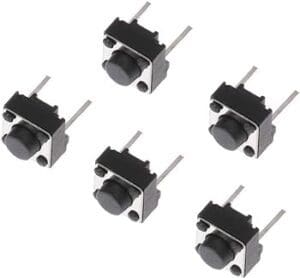Wireless power transmission with parking system
Introduction:
Introducing the Wireless power transmission with parking system Project, a pioneering venture at the forefront of technological innovation, aiming to revolutionize the way we deliver electrical power. This project represents a leap towards a future where wires and cables are no longer constraints. Transitioning to its core functionality, the project employs resonant inductive coupling and electromagnetic fields to transfer power wirelessly. Moreover, this departure from conventional wired power transmission brings a host of benefits, including enhanced flexibility, increased convenience, and the potential for powering devices.
To delve into its fundamental features, the Wireless Power Transmission Project leverages cutting-edge technologies. This novel approach opens up possibilities for charging electronic devices, powering sensors, and even facilitating electric vehicle charging without traditional plugs and cords. Moreover, the transition from wired to wireless power transmission addresses challenges associated with cable management and reduces the clutter of power cords. This has significant implications for applications in smart homes, offices, and industries where a multitude of devices are utilized.
-

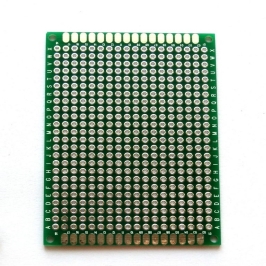 Rated 0 out of 5Sale!Add to cart
Rated 0 out of 5Sale!Add to cart₹110.00Original price was: ₹110.00.₹65.00Current price is: ₹65.00.
Projects Categories:
Products Categories:
- Robotics
- Actuators
- Camera Modules
- Drone Kits
- Drone Components
- Chassis
- DC Motors
- Other Robotic accessories
- Pick and Place Modules
- Robotic Kit
- Servo Motors
- Stepper Motors
- Wheels
- Microcontrollers & Programmers
- 8051 Microcontroller
- Arduino Microcontroller
- ARM Development Board
- Interface Module
- NODMCU / ESP Modules
- PIC Microcontroller
- Raspberry Pi
- Devices and Actuators
- Display Modules
- Sensors & Module
- Power Supply / Batteries
- Wireless modules
- Electronic Components
- Wholesale Market
-

 Rated 5.00 out of 5 based on 1 customer ratingSale!Add to cart
Rated 5.00 out of 5 based on 1 customer ratingSale!Add to cart₹12.00Original price was: ₹12.00.₹9.00Current price is: ₹9.00. -

 Rated 0 out of 5Sale!Add to cart
Rated 0 out of 5Sale!Add to cart₹250.00Original price was: ₹250.00.₹190.00Current price is: ₹190.00. -

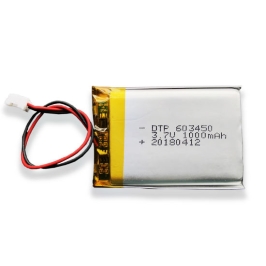 Rated 0 out of 5Out of stockView More
Rated 0 out of 5Out of stockView More₹480.00Original price was: ₹480.00.₹370.00Current price is: ₹370.00. -

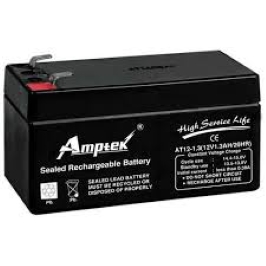 Rated 0 out of 5Sale!Add to cart
Rated 0 out of 5Sale!Add to cart₹999.00Original price was: ₹999.00.₹795.00Current price is: ₹795.00. -

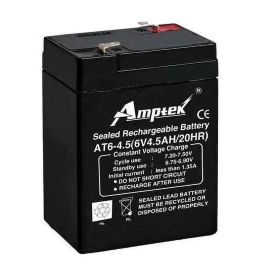 Rated 0 out of 5Out of stockView More
Rated 0 out of 5Out of stockView More₹580.00Original price was: ₹580.00.₹560.00Current price is: ₹560.00.
Description of Wireless power transmission with parking system
Wireless power transmission with parking system offers a groundbreaking solution to the challenges of traditional parking infrastructure. By integrating wireless power transmission technology with parking systems, this innovative approach streamlines the process of charging electric vehicles while parked. This not only eliminates the need for cumbersome charging cables but also enhances the convenience and accessibility of electric vehicle charging. Moreover, the integration of wireless power transmission with parking systems reduces the reliance on traditional charging stations, freeing up valuable space in parking lots and urban areas for other purposes.
Additionally, the incorporation of wireless power transmission technology into parking systems enhances energy efficiency and sustainability. By wirelessly transferring power to electric vehicles, this system reduces energy loss associated with conventional charging methods. Moreover, it promotes the adoption of electric vehicles by providing seamless and convenient charging solutions, thereby contributing to the reduction of greenhouse gas emissions and air pollution. Ultimately, the integration of wireless power transmission with parking systems represents a significant advancement in the field of sustainable transportation infrastructure, offering a promising solution for the future of urban mobility.
Furthermore, the wireless power transmission with parking system enhances the user experience
Offering greater flexibility and autonomy to electric vehicle owners. With the ability to charge wirelessly while parked, drivers no longer need to worry about locating and connecting to charging stations manually. This seamless integration of charging capabilities into parking infrastructure simplifies the process for users, encouraging more widespread adoption of electric vehicles. Additionally, the convenience of wireless charging promotes the use of electric vehicles as a viable alternative to traditional gasoline-powered cars, contributing to a reduction in fossil fuel consumption and environmental impact.
Moreover, the implementation of wireless power transmission with parking systems presents economic benefits for both individuals and municipalities. By reducing the need for expensive infrastructure such as charging stations and cables, this system lowers the overall cost of establishing and maintaining electric vehicle charging networks. Additionally, the increased availability of wireless charging options may incentivize more individuals to switch to electric vehicles, leading to potential savings on fuel costs and reducing reliance on fossil fuels. Consequently, the integration of wireless power transmission with parking systems offers a cost-effective and sustainable solution for meeting the growing demand for electric vehicle charging infrastructure.
Components Requirement and Working
Components Required
- Copper wire
- 9 volts battery
- battery clip
- red led
- PCB
- Resistor
- on off switch
The Wireless power transmission with parking system Project essential components:
1. Copper wire
-
-
Copper wire is a crucial component in electrical circuits, known for its conductivity and durability. It facilitates the flow of electricity within the circuit, ensuring efficient energy transfer. Additionally, copper wire is flexible and easy to work with, making it ideal for various DIY projects and electrical installations.
-
2. 9 volts battery
-
-
A 9-volt battery serves as the power source for electronic devices, providing a stable voltage output for consistent performance. It is compact and portable, making it suitable for powering small gadgets and projects. Moreover, 9-volt batteries are readily available and affordable, making them a popular choice for hobbyists and professionals alike.
-
3. Battery Clip
-
-
A battery clip is used to securely connect the battery to the circuit, ensuring a reliable electrical connection. It features durable metal clips that grip the battery terminals firmly, preventing accidental disconnection. Additionally, battery clips are designed for easy installation and removal, facilitating quick battery replacement when necessary.
-
4. Red Led:
-
-
A red LED (Light Emitting Diode) is a semiconductor device that emits red light when current passes through it. It serves as a visual indicator in electronic circuits, signaling the presence of power or indicating specific conditions. Moreover, red LEDs are energy-efficient and have a long lifespan, making them suitable for various applications.
-
5. PCB:
-
-
PCB (Printed Circuit Board) is a flat board made of non-conductive material with conductive pathways printed or etched onto its surface. It provides a sturdy and organized platform for mounting electronic components and creating electrical connections. Additionally, PCBs are essential for ensuring reliable circuit operation and minimizing the risk of electrical shorts or faults.
-
6. Resistor:
-
-
A resistor is a passive electronic component that restricts the flow of current in a circuit. It is commonly used to control the voltage and current levels within a circuit, thereby regulating the performance of electronic devices. Additionally, resistors come in various values and power ratings, allowing for precise customization of circuit behaviour.
-
7. On Off Switch:
-
An on-off switch is a mechanical device used to control the flow of electricity in a circuit. It allows users to conveniently turn electronic devices on or off, providing a simple and effective means of power control. Moreover, on-off switches are available in different configurations, including toggle, rocker, and push-button, catering to various application requirements.
Working of Wireless power transmission with parking system
The Wireless Power Transmission with Parking System operates through a sophisticated mechanism that integrates wireless charging technology with parking infrastructure. First and foremost, the system comprises a network of charging pads embedded within parking spaces. These pads utilize electromagnetic fields to wirelessly transmit power to electric vehicles parked above them. As a result, drivers can simply park their vehicles over these charging pads, and the system automatically initiates the charging process. Additionally, the system incorporates sensors to detect the presence of vehicles and ensure accurate alignment for efficient charging.
Moreover, the wireless power transmission system employs advanced control algorithms to optimize charging efficiency and safety. These algorithms continuously monitor factors such as power output, charging duration, and temperature to ensure optimal charging performance and prevent overheating or overcharging of the vehicle’s battery. Furthermore, the system integrates with smart grid technology, allowing for dynamic adjustments to charging rates based on factors such as electricity demand and grid capacity. This ensures that charging occurs at the most cost-effective and environmentally friendly times, benefiting both the vehicle owner and the broader energy grid.
Conclusion:
In conclusion, the integration of wireless power transmission with parking systems represents a transformative step forward in the realm of electric vehicle infrastructure. By seamlessly embedding charging capabilities into parking spaces, this innovative solution eliminates the need for conventional charging stations and cumbersome cables, streamlining the charging process for electric vehicle owners. This not only enhances convenience and accessibility but also encourages greater adoption of electric vehicles, thereby contributing to a reduction in greenhouse gas emissions and reliance on fossil fuels.
Furthermore, the implementation of wireless power transmission with parking systems offers significant benefits in terms of economic efficiency and environmental sustainability. By optimizing charging efficiency and leveraging smart grid technology, this system minimizes energy waste and reduces the overall cost of maintaining electric vehicle charging infrastructure. Additionally, the seamless integration of wireless charging into parking spaces promotes a cleaner and greener urban environment, fostering a more sustainable and eco-friendly transportation ecosystem for future generations.
To Explore More Projects: Click here
-

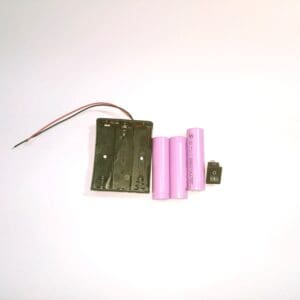 Rated 0 out of 5Sale!Add to cart
Rated 0 out of 5Sale!Add to cart₹399.00Original price was: ₹399.00.₹365.00Current price is: ₹365.00. -

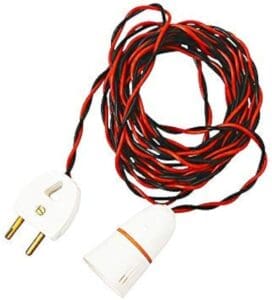 Rated 0 out of 5Sale!Add to cart
Rated 0 out of 5Sale!Add to cart₹120.00Original price was: ₹120.00.₹99.00Current price is: ₹99.00. -

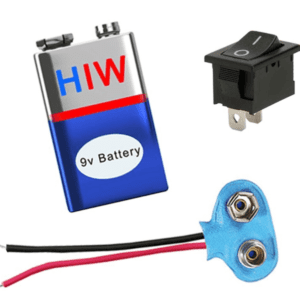 Rated 0 out of 5Sale!Add to cart
Rated 0 out of 5Sale!Add to cart₹120.00Original price was: ₹120.00.₹79.00Current price is: ₹79.00. -

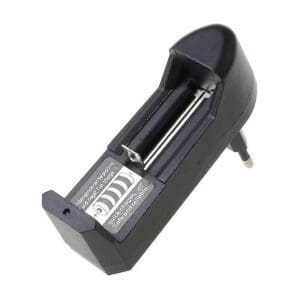 Rated 0 out of 5Sale!Add to cart
Rated 0 out of 5Sale!Add to cart₹499.00Original price was: ₹499.00.₹445.00Current price is: ₹445.00. -

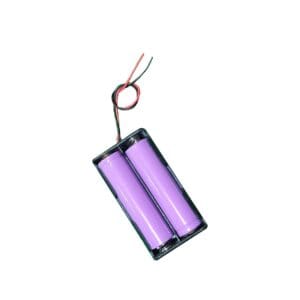 Rated 0 out of 5Sale!Add to cart
Rated 0 out of 5Sale!Add to cart₹299.00Original price was: ₹299.00.₹265.00Current price is: ₹265.00.
For additional blog content, to explore further insights and articles. Click here
433MHz RF Module Works &
Working 433MHz RF Module Works & Interfacing With Arduino Introduction Wireless communication has become an...
Read MoreVoice Recognition Technology
Voice Recognition Technology Introduction Voice recognition technology, a groundbreaking innovation in the realm of electronics,...
Read MoreHow to attach heat sink
How to attach heat sink to raspberry pi 4 INTRODUCTION Attaching a heat sink to...
Read MoreUnderstanding Integrated Circuit And Microchips
Understanding Integrated Circuit And Microchips Introduction Integrated circuits (ICs), often referred to as microchips, are...
Read More


